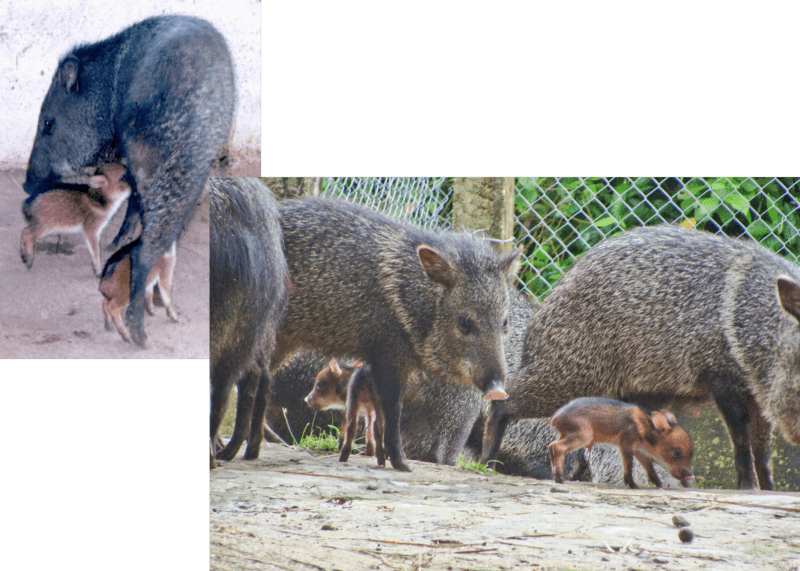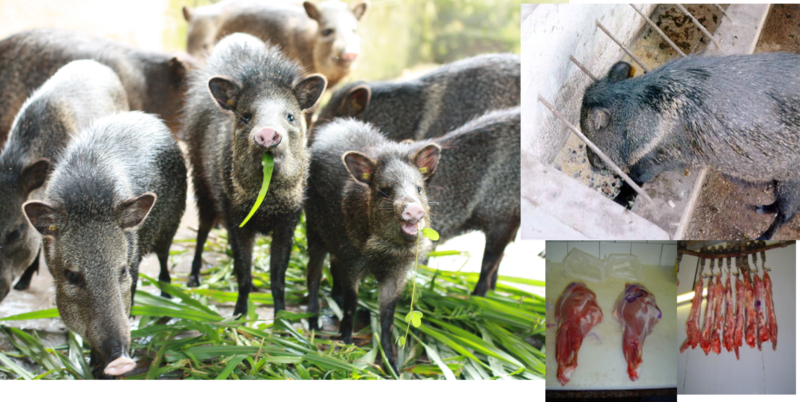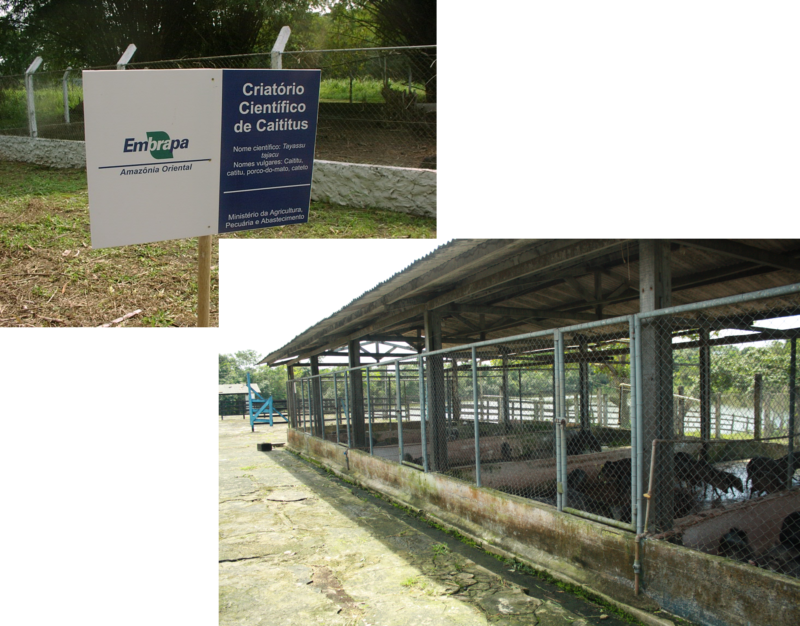The meat collared peccary (Pecari tajacu) is much appreciated in Brazilian Amazon although illegal hunting. Management programs are necessary to legal access to the population. Intensive production system of it for commercialization and conservation were studied with results of behavioral, reproductive, health and nutritional aspects in 17 years (between 1999 and 2016) at Embrapa, Belem, Para, Brazil. Reproductive groups were raised in paddocks of 36m2 at a 1:3 male/ female rate ratio. The caloric and protein supply per animal/day were 2500 kcal and 14%, respectively and water always available.
The individuals interact with all congeners (88% amicable). Older, males engaged in more sexual interactions with old females. Dominance relations were based on the frequencies of agonistic and submissive behavior. The parturitions were throughout the year, age at first parturition (639 days), the earliest one (381 days), gestation (138 days), first post-partum oestrus (8 days), average litter size (2 newborns per parturition-sex ratio 52.6% females and 47.4% males), seminal features (volume 0.8mL, concentration 137 sptz/mL, pH 7.9, motility 52%, vigor 2, viability 55%, total abnormalities 31%). No significant changes in production and semen quality along the year.
Collared peccaries had antibodies against Brucella spp. (4.9%) and Leptospira spp. (9.8%) but none against pseudorabies, porcine influenza virus, foot-and-mouth disease, porcine circovirus type2, porcine parvovirus, porcine respiratory and reproductive syndrome, salmonellosis, swine erysipelas or tuberculosis. Endoparasites (71% Toxascaris sp., 46% and <10% Entamoeba coli, Entamoeba histolytica, Balantidium coli, Endolimax nana, Oxiurus sp. and Balantidium coli; Ascaris suun e Strongyloides sp. found less incidence).
One alternative ration substituting corn by babassu meal (Orbignya phalerata) was tested. Best results of weight gain and consumption were with 40% of babassu meal (significant economy for production system).Carcass parameters (dressing percentage, commercial cuts, corporal composition, carcass measurements, organs and glands).Dressing percentage (52.64- 58.84%). Meat was soft, succulent and thin (shear force, cooking losses, pH, water holding capacity) and high proportion of unsaturated fatty acids (healthier).
Results confirm collared peccary (Pecari tajacu) as a viable species for intensive production system in neotropics, once it presents satisfactory reproductive parameters and behavioral characteristics to its successful commercial breeding, since the commerce of peccary products is very important in Latin America and the Caribbean.
Más información: http://ainfo.cnptia.embrapa.br/digital/bitstream/item/29474/1/intensive-production.pdf
Contacto: Natalia Inagaki de Albuquerque, natalia.albuquerque@embrapa.br



